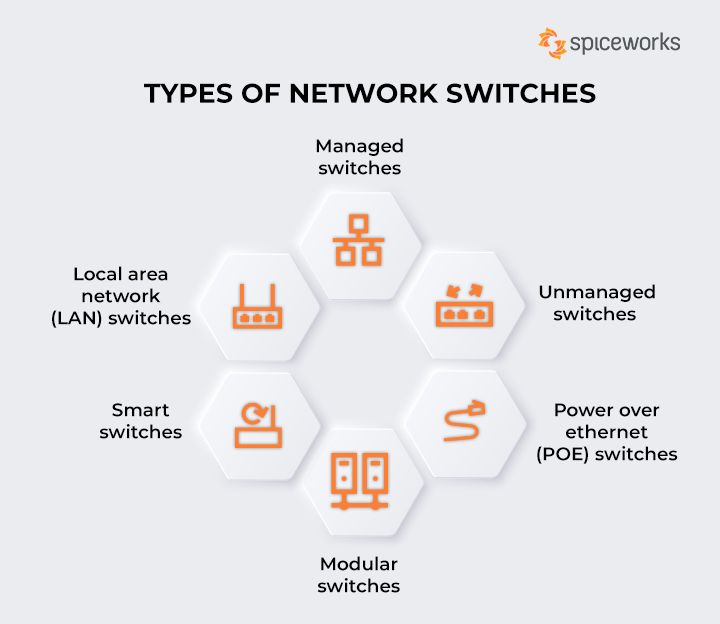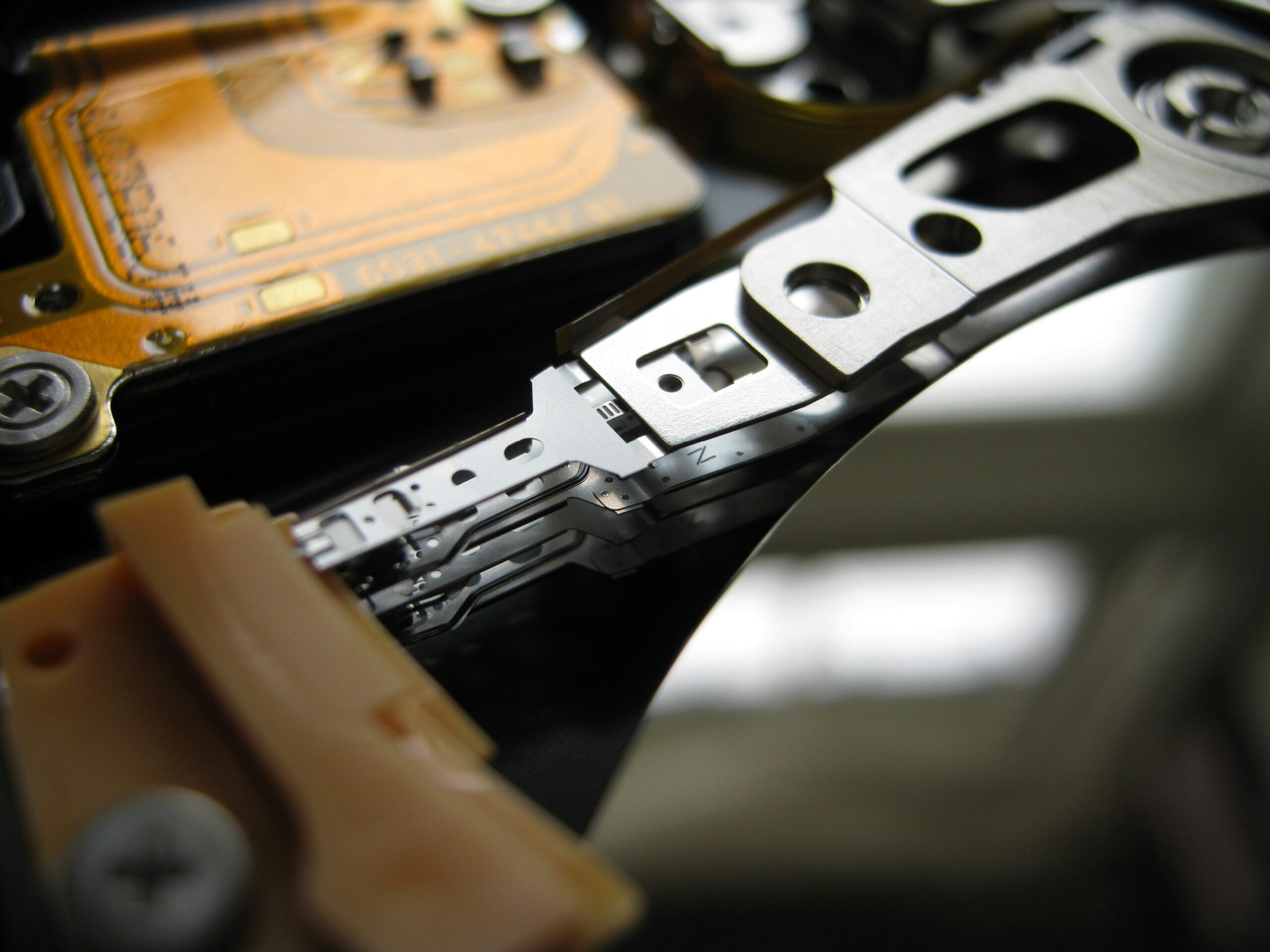Launching a blog about PC components and DIY projects can surprisingly transform passive hobbyists into active contributors within the technology community. Consider the fact that approximately 50 million blogs are published monthly, yet, only a tiny fraction delve into the intricate world of custom-built PCs. This niche not only captivates a passionate audience but also encourages enthusiasts to share their unique expertise and insights.
Understanding the history of PC components reveals a fascinating evolution from simple, utilitarian machines to highly customizable creations. These advancements have significantly lowered the barriers to entry for enthusiasts looking to build their dream setups. Experts now have ample opportunities to guide newcomers, offering reviews, tutorials, and hands-on project ideas that enhance both the build process and end-user experience.
The Significant Scope of PC Components and DIY Projects Blog
Diving into the world of PC components and DIY projects can open up a host of opportunities. The tech industry is constantly evolving, and so are the interests of enthusiasts. Starting a blog in this niche allows you to cater to a passionate audience craving detailed reviews and guides.
The scope is vast because PC components are diverse. There’s always something new, whether it’s a cutting-edge graphics card or the latest processor. This continuous innovation means you’ll never run out of topics to explore.
Engaging with an audience eager to learn is another significant advantage. Readers often look for practical advice to build their dream setups. This interaction fosters a community where knowledge sharing becomes invaluable.
A blog about DIY projects can also be highly educational. You can break down complex builds into simple, step-by-step instructions. Highlighting tools and techniques makes these projects accessible, even for beginners.
Engaging Content Ideas
Creating content that captures interest is crucial. Write about the latest hardware releases and how they stack up against older models. Incorporate detailed comparisons to help readers make informed choices.
Your audience might also appreciate troubleshooting guides. Common issues like system crashes or overheating can frustrate even seasoned builders. Step-by-step solutions can make your blog a go-to resource.
Don’t forget to include DIY project ideas. Showcase unique builds, from budget setups to high-end gaming rigs. Detailed parts lists and cost breakdowns can help readers emulate your projects.
Building Community and Engagement
Fostering a community around your blog strengthens its impact. Encourage readers to comment and share their experiences. These interactions can spark valuable discussions and ideas.
Social media can broaden your reach. Platforms like Twitter and Facebook allow you to engage with a wider audience. Share snippets of your content and invite followers to visit your blog for more details.
Consider hosting live Q&A sessions. These can be done via YouTube or community forums. It’s a great way to address reader questions in real-time, making your blog more interactive.
Monetizing Your Blog
Once your blog gains traction, monetization is an option. Affiliate marketing is one way to earn revenue. Recommend products you trust and receive commissions for sales through your links.
Another method is sponsored posts. Companies may pay you to review their components. Always ensure transparency to maintain your audience’s trust.
You can also explore ad placements. Platforms like Google AdSense can help you earn from relevant ads displayed on your blog. Diversify your revenue streams for more stability.
Essentials to Consider Before Initiating a PC Components Blog
Starting a blog about PC components involves more than just a passion for technology. There are crucial elements to consider to ensure your blog resonates with your audience. You need a well-thought-out plan and consistent execution.
Identifying Your Audience
The first step is knowing who you’ll be writing for. Are your readers beginners, enthusiasts, or experts? Tailoring your content to your specific audience helps in gaining loyal followers.
Understanding their needs and preferences is essential. Conduct surveys or engage in forums to gather insights. These strategies can help you create content that truly speaks to your audience.
A clear audience focus allows for targeted marketing. Share your posts in relevant online communities where your potential readers already hang out. This can drive traffic efficiently to your blog.
Investing in Quality Content
Quality content is the backbone of a successful blog. Detailed reviews and how-to guides draw in readers and keep them coming back. Make sure your information is accurate and up-to-date.
Using high-quality images and videos can also boost engagement. Visual aids can make complex topics easier to understand. They add a dynamic element to your blog, making it more appealing.
Consistency in posting is another key factor. Create a content calendar to plan your posts. Regular updates maintain reader interest and improve your site’s SEO ranking.
Building a Strong Foundation
Your blog’s technical foundation should be solid. Choose a reliable hosting service to ensure your blog runs smoothly. Website downtime can frustrate readers and drive them away.
Invest in a user-friendly design. Simple navigation and a clean layout enhance the reader experience. This can make your blog more inviting and easier to explore.
Secure your website with HTTPS. It builds trust and protects both you and your readers. Security is a must-have feature for any successful blog.
Steps to Start a PC Components and DIY Projects Blog
To kick off your PC components and DIY projects blog, selecting a domain name and hosting provider is the first step. Your domain name should be unique and reflect your blog’s focus. A reliable hosting provider ensures your site runs smoothly with minimal downtime.
Next, set up a blogging platform like WordPress. It’s user-friendly and offers customizable themes. You can easily modify the design to match your style and needs.
Create essential pages like About, Contact, and Privacy Policy. These pages provide crucial information about you and your blog. They help build trust with your audience and comply with legal requirements.
Start creating engaging blog posts. Begin with a mix of content like reviews, DIY guides, and troubleshooting tips. This variety keeps your audience interested and coming back for more.
- Choose a reliable hosting provider
- Set up WordPress as your blogging platform
- Create essential pages (About, Contact, Privacy Policy)
- Start creating engaging content
Promoting Your PC Components and DIY Projects Blog
Promotion is key to gaining visibility for your PC components and DIY projects blog. Social media platforms like Twitter, Instagram, and Facebook are invaluable tools. Share your blog posts, engage with followers, and use relevant hashtags to reach a broader audience.
Collaborate with other bloggers and influencers in the tech space. Guest posts and mutual shoutouts can significantly increase your blog’s exposure. Engaging with other creators helps you tap into their audience base.
Search Engine Optimization (SEO) is critical for driving organic traffic. Use keywords relevant to PC components and DIY projects in your blog posts. Properly optimized content will rank higher in search engine results, bringing more readers to your site.
Email marketing is another effective strategy. Build a mailing list and send out regular newsletters. Inform your subscribers about new posts, special projects, or any collaboration updates.
Consider joining tech forums and online communities. Active participation can build your authority in the niche. Share valuable insights and link back to your blog when relevant.
- Utilize social media platforms to share content
- Collaborate with other tech bloggers and influencers
- Implement SEO strategies in your blog posts
- Build and engage an email list
- Participate in tech forums and online communities
Monetizing Your PC Components and DIY Projects Blog
Monetizing your blog can be an excellent way to earn from your passion. One popular method is through affiliate marketing. By recommending products and including affiliate links, you can earn a commission on sales made through your referral.
Sponsored posts are another lucrative option. Companies might pay you to write reviews or articles about their products. Always disclose these posts to maintain transparency with your readers.
Google AdSense is an easy way to generate income. By placing ads on your blog, you can earn money based on the number of clicks or impressions. Ensure the ads are relevant to your audience to maximize earnings.
Consider offering premium content to loyal readers. This could be detailed eBooks, exclusive tutorials, or even one-on-one consultation services. Charging a fee for these can add a steady income stream.
- Affiliate Marketing
- Sponsored Posts
- Google AdSense
- Premium Content Offerings
Merchandise sales can also boost revenue. Create branded items like T-shirts and mugs featuring your blog’s logo. It’s a fun way to engage your audience while making some extra cash.
Frequently Asked Questions
Delving into PC components and DIY projects can be fulfilling for tech enthusiasts. Here are some of the most common questions to help you navigate this exciting field.
1. How do I choose the best CPU for my gaming setup?
Choosing the right CPU depends on several factors, including your budget and gaming needs. High-end processors offer better performance but come at a higher cost. Look for CPUs with multiple cores and high clock speeds to handle demanding games smoothly.
If you’re budget-conscious, mid-range CPUs can still provide excellent performance for most games. Make sure to check compatibility with your motherboard and other components. Reading reviews and benchmarks can offer valuable insights into which CPU fits your specific needs.
2. What tools do I need for a DIY PC build?
A successful DIY PC build requires a few essential tools. A Phillips-head screwdriver is crucial for assembling most parts like the motherboard, case, and cooling system. Antistatic wrist straps help protect delicate components from static electricity damage.
You might also need thermal paste to ensure efficient heat transfer between the CPU and its cooler. Cable ties or Velcro strips help keep wiring neat and improve airflow within the case. Having these tools on hand will make your build process smoother and more efficient.
3. How often should I update my blog content?
The frequency of updating your blog depends on your goals and audience engagement levels. For maintaining strong reader interest, consider posting new content at least once a week. Consistent updates show that you are active and reliable.
Creating a content calendar helps plan posts in advance, ensuring regular updates without feeling overwhelmed. It’s not just about quantity; quality matters too, so focus on providing valuable insights in each post to keep readers coming back for more.
4. Can I use second-hand components for my DIY projects?
Yes, using second-hand components can be a cost-effective way to build or upgrade your PC. However, it’s crucial to ensure that these parts are in good working condition before incorporating them into your setup. Inspecting items physically or buying from trusted sellers can reduce risks.
You should also check compatibility with existing components in your system to avoid any issues during assembly or operation. While used parts may save money initially, they might not have warranties, so factor that risk into your decision-making process.
5. What are some ways to promote my tech blog effectively?
Promoting your tech blog involves leveraging various platforms and strategies for maximum visibility. Social media channels like Twitter and Facebook can drive traffic through regular updates and interactions with followers. Collaborating with other bloggers helps both parties reach broader audiences.
Email newsletters allow you to engage directly with subscribers by sending fresh content alerts and exclusive information regularly.
SEO techniques ensure better search engine rankings making it easier prospective readers find website when searching relevant topics quickly efficiently across different devices .
Conclusion
Starting a blog about PC components and DIY projects is an exciting venture that blends passion with expertise. It offers a platform to share valuable insights, useful guides, and detailed reviews to a tech-savvy audience. With proper planning, quality content, and effective promotion, you can build a loyal readership.
Remember, the key to a successful blog lies in understanding your audience and consistently providing them with engaging, valuable content. As the tech world evolves, stay updated to keep your blog relevant and dynamic. Embrace this journey with enthusiasm, and your blog will thrive.







Leave a Reply
You must be logged in to post a comment.